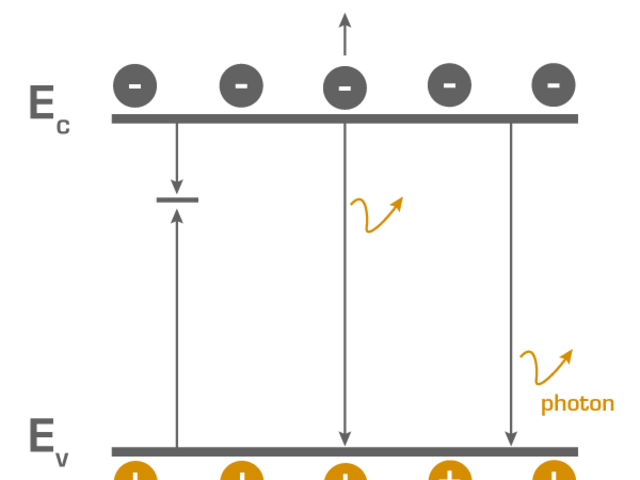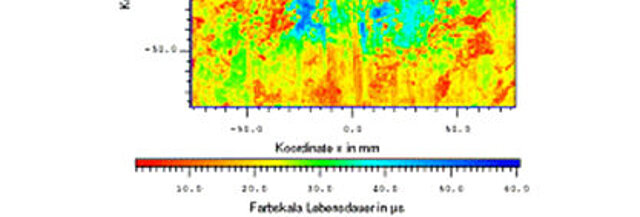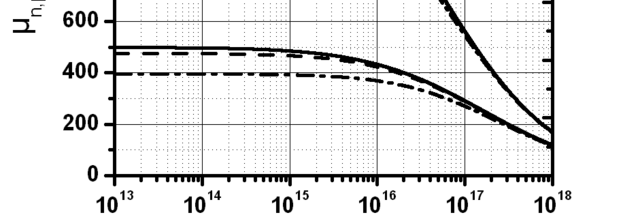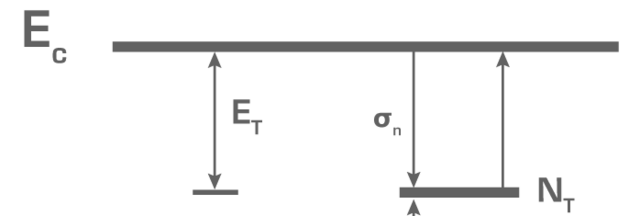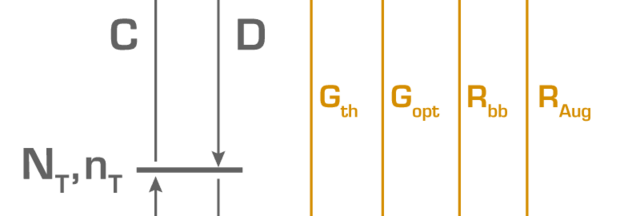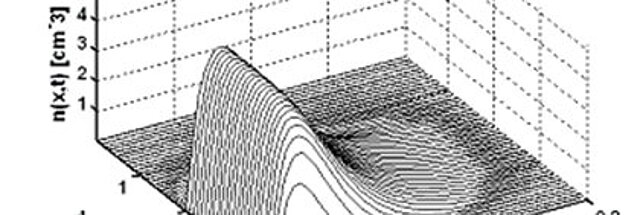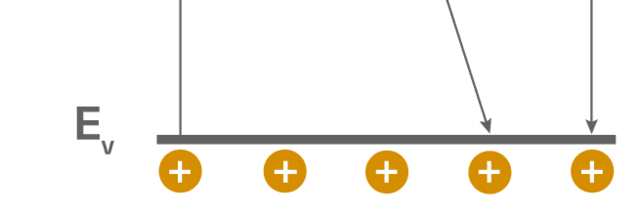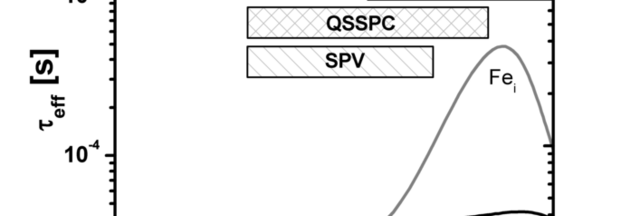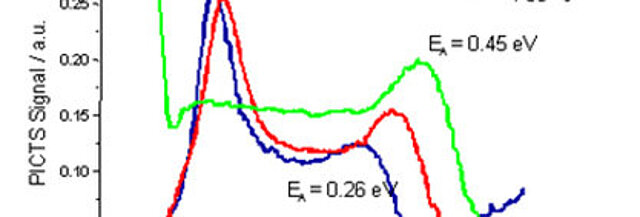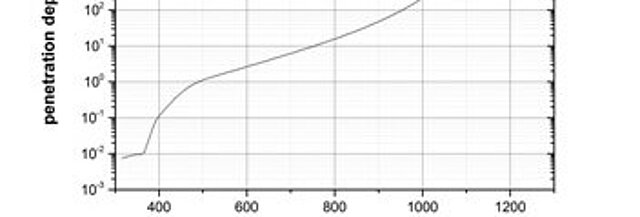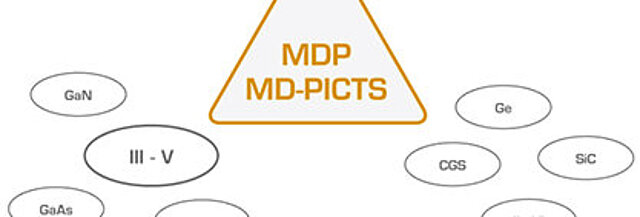Enables root cause analysis of material defects: destruction free, flexible and precise
Cooling with stirling cooler without handling of liquid nitrogen
Customized laser and optic integration for all your materials
Fully automated temperature dependent measurements
Materials
The MDpicts enables the electrical characterization of almost all semiconductors
Features & Benefits
355–1550 nm
Available wavelengths
10 ns
Time resolution
30–300 K
Temperature range
Repetition
< 60 min.
Measurement time
Repetition
< 60 min.
Measurement time
Sensitivity: highest sensitivity for electrical defect characterization
Temperature range: liquid nitrogen (77 K) up to 500 K. Optional: liquid helium (4 K) or higher temperatures
Range of decay constants: 20 ns to several ms
Contamination determination: measurement of fundamental trap level properties: activation energy and capture cross section of traps, temperature and injection dependent lifetime measurements
Repeatability: > 99%, Measurement time: < 60 minutes. Liquid nitrogen consumption: 2 l/run
Flexibility: select from different wavelengths from 365 nm up to 1480 nm for materials of different kinds
Accessibility: IP based system allows remote operation and technical support from anywhere in the world
From the slope of the Arrhenius plot (Fig. 3) the activation energy can be determined.
With the novel commercially available MD-PICTS equipment it is possible to measure the temperature dependence of the photoconductivity transient in a range from 20…500 K. In the past Si, GaAs, InP, SiC and many more semiconductors have already been successfully investigated with this method.
Download
In order to investigate defects in semiconductors it is widely spread to use temperature dependent methods as deep level transient spectroscopy (DLTS). Usually for these methods it is necessary to form contacts on the samples, which means the sample itself is often altered due to annealing steps. Furthermore for lot of semiconductors some effort is needed to create ohmic contacts at all. MD-PICTS is a non-destructive, contactless method with which the activation energies and capture cross sections of defects can be determined with a high accuracy.
For MD-PICTS measurements the photoconductivity of a sample after the irradiation with light is measured with a resonant microwave cavity. For the determination of the activation energy the temperature dependent change of the photoconductivity transient is determined via a window analysis, which is also used for DLTS measurements (Fig. 1).
Fig.2 shows a so called MD-PICTS spectrum which results from the window analysis. Every peak in this spectrum is a certain defect in the sample.
The temperature shift of the maximum of this peak is plotted in an Arrhenius plot according to this formula of the emission rate:
\(e_{n} = \gamma \sigma_{n}T^2e^{-\frac{E_{A}}{kT}}\)
Applications
Technologies
For more information please read:
[1] B. Berger, N. Schüler, S. Anger, B. Gruendig-Wendrock, J. R. Niklas, K. Dornich, physica status solidi A, 1-8
Get in touch
Do not hesitate to contact us – we are available to assist you with any inquiries or requests.
Use our inquiry tool or reach out via email:
sales@freiberginstruments.com





